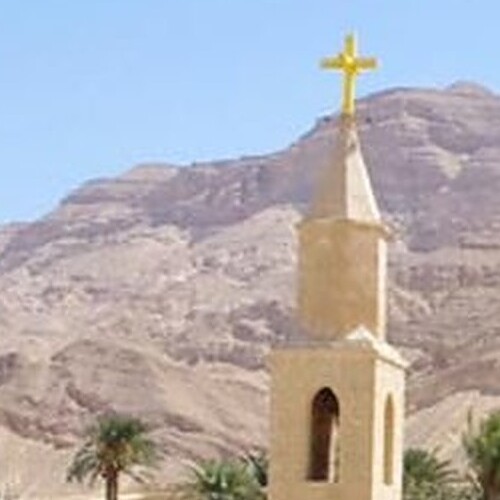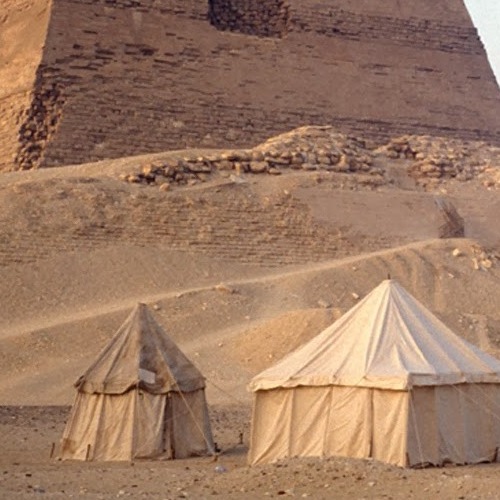No other nation in the world says ‘Welcome’ as often as the Egyptians, and every time, they mean it. While the ancient civilization of Egypt continues to amaze, contemporary Egyptians are equally remarkable.
Beni Suef Travel Guide
Beni Suef: Gateway to Egypt's Heartland - A Traveler's Guide
Beni Suef the capital city of the governorate bearing the same name, is nestled south of Greater Cairo in the lush Nile Valley. Renowned for its archaeological significance and agricultural bounty, Beni Suef stands as a pivotal trade hub on the Nile River’s west bank, approximately 110 km south of Cairo.
The governorate spans over 1,0954 square kilometers and is segmented into six distinct districts. It shares borders with Giza and Helwan to the north, Suez to the northeast, the Red Sea governorate to the east, Fayoum to the west, and Minya to the south.
Serving as a vital link between Egypt’s northern and southern regions, as well as its eastern and western territories, Beni Suef’s strategic location has significantly shaped its demographic, cultural, and economic landscape. Its proximity to key governorates, including Cairo, Giza, the Red Sea, Suez, Fayoum, and Ismailia, enhances its role as a primary market for locally produced industrial goods.
The region’s economy thrives on agriculture-based industries, such as flour milling, cotton ginning, and textile production. Additionally, the area is noted for its alabaster quarrying activities near the capital.
Water for agriculture is abundantly supplied by the expansive Baḥr Yūsuf Canal, ensuring perennial irrigation. Beni Suef is well-connected by the main railway line running along the Nile, with a branch line extending to the Al-Fayoum oasis, a complex of agricultural settlements. Among its historical sites, the oldest mosque, Jāmiʿ al-Baḥr, houses a shrine deeply revered by the local populace.
Created On March 18, 2020
Updated On Aug , 2024
BENI SUEF Travel Guide



